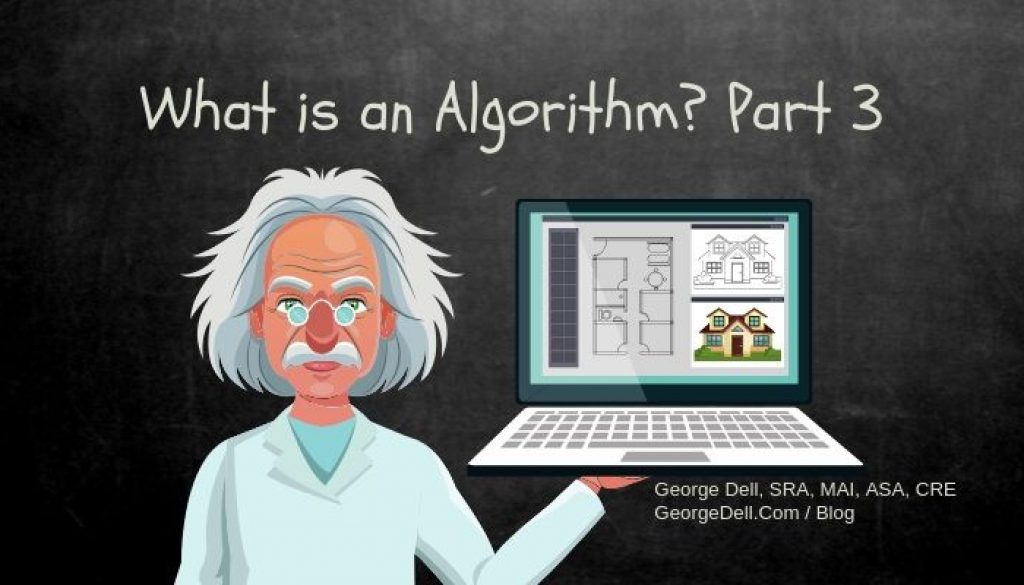In Part 1, we saw that context is important in the use of an algorithm.
In Part 2 we note the role of algorithms in modern asset analytics — the data science valuation view.
The “problem to be solved” is the context for the use of algorithms. But what are the benefits of algorithmic thinking? How is an algorithm different from a model?
A model is defined as a representation of reality. Like a model airplane. For an analyst, a model is the decision on which model airplane to pick – to represent the real plane we want to represent. If we are trying to represent a market – how buyers and sellers interact – then we select an appropriate model.
And how do we decide what belongs in that market? Which buyers? Which sellers? And how do they behave and respond? Well each of these questions probably have different ways of being solved. Different algorithms for different purposes. Like different airplane models to represent different types of flying things. Like helicopters or birds or bugs.
A model is more like a set of plans for a building, while algorithms are more like what type and size nails to use in particular parts of the construction. The carpenter selects nails and hammer sizes. The analyst-modeler selects algorithms – the analytic tools.
So what types of algorithms are there? There are many. It is helpful to consider the three major classes of algorithms. Three are computative in nature, and the fourth is the visual interaction group. The visual interaction group emphasizes brain-machine interaction. The main algorithm classes:
- Classify/categorize
- Contrast/compare groups
- Associate two variables
- Plot and graphs.
In traditional appraisal process, the three approaches are each a model. The steps within approach what can be considered an algorithm. I.e., Add the land value to the construction cost and entrepreneurship to get the value. A clearer example of algorithm/model use is:
- The algorithm: Building SqFt X $55/SqFt = adjustment for building area.
- The model is the analyst’s decision to use this formula to represent reality.
Algorithmic modeling requires field-related expertise. And competence in the subject matter. Using algorithms requires computation expertise, and skill to interface with the machine.
The modeler creates, uses, reuses, extends and modifies algorithms to suit modeling decisions. The modeler-analyst also needs knowledge and competence in visual methods:
- Graphs, plots, and other visuals to help understand the data, and predict from it;
- Graphs, plots, and other visuals for user/client understanding of logic and modeling decisions.
- Words, labels and summary numbers to explain and clarify the visuals.
In Part Four of this blog on algorithms, we will look at the benefits of “algorithmic thinking” and connect this with the market need (collateral, investor, and equity clients) for risk assessment. Users primarily need risk/reward analysis, not a point-value opinion. Data science methods provide ways to provide such additional services.

